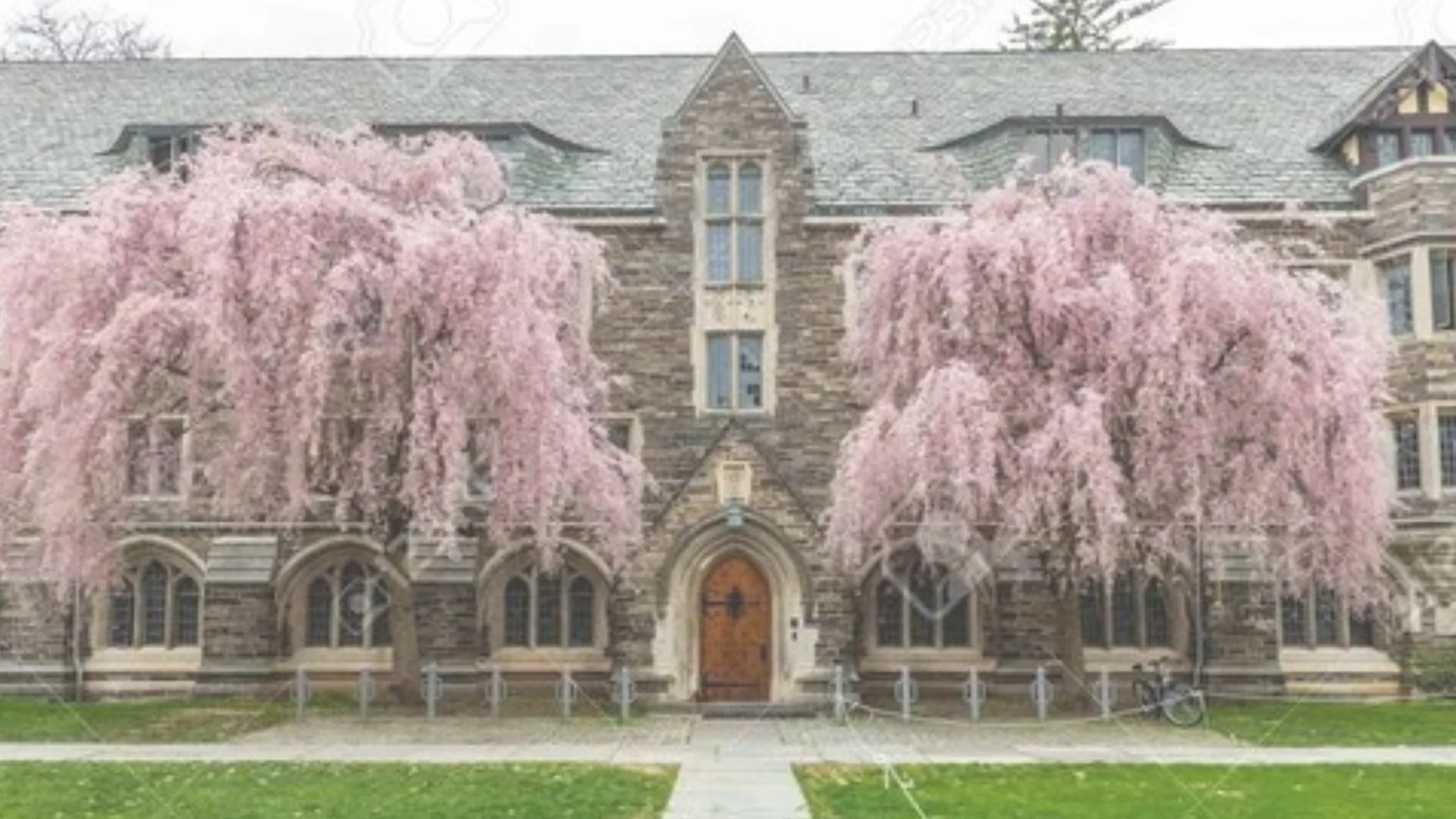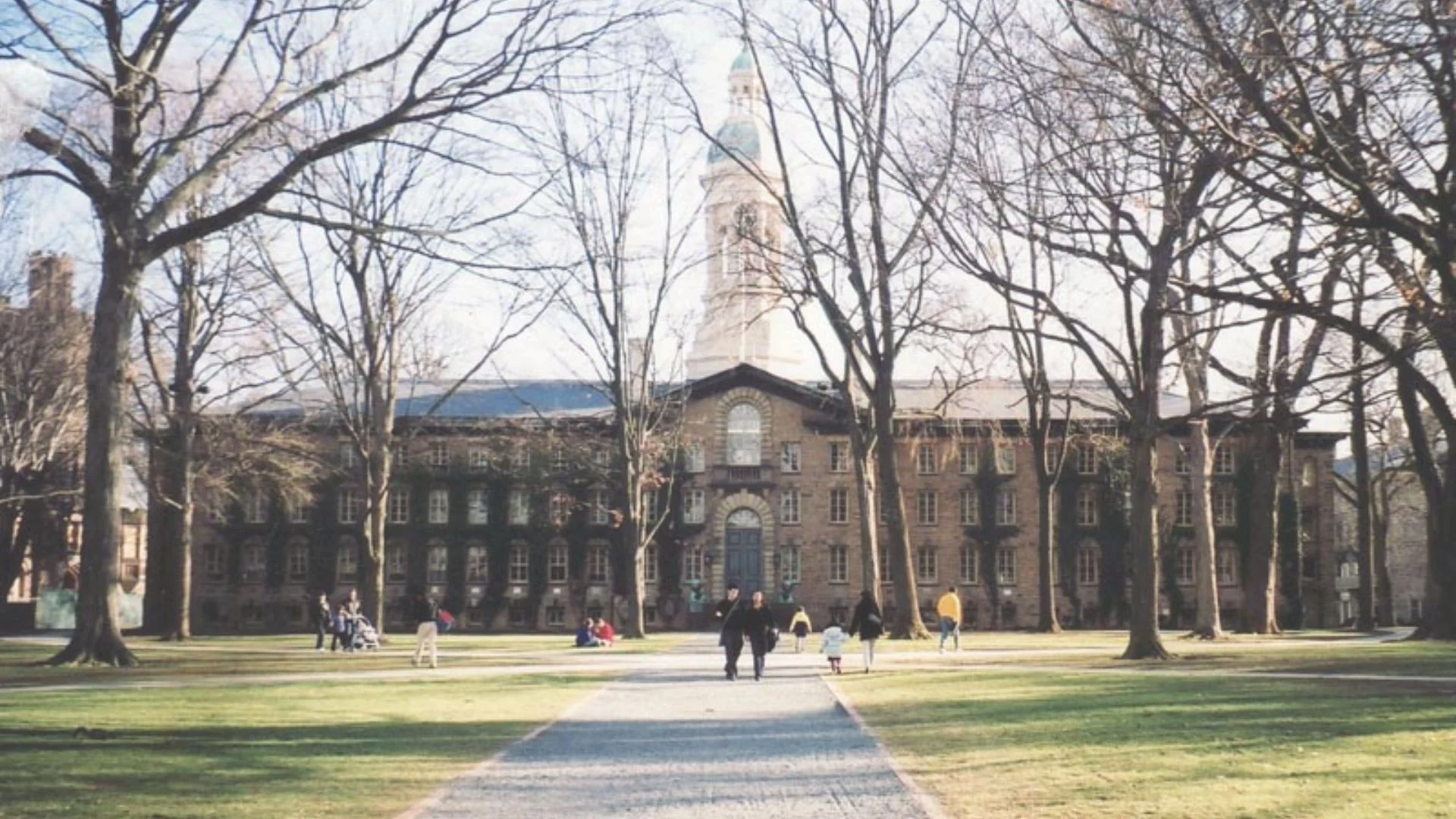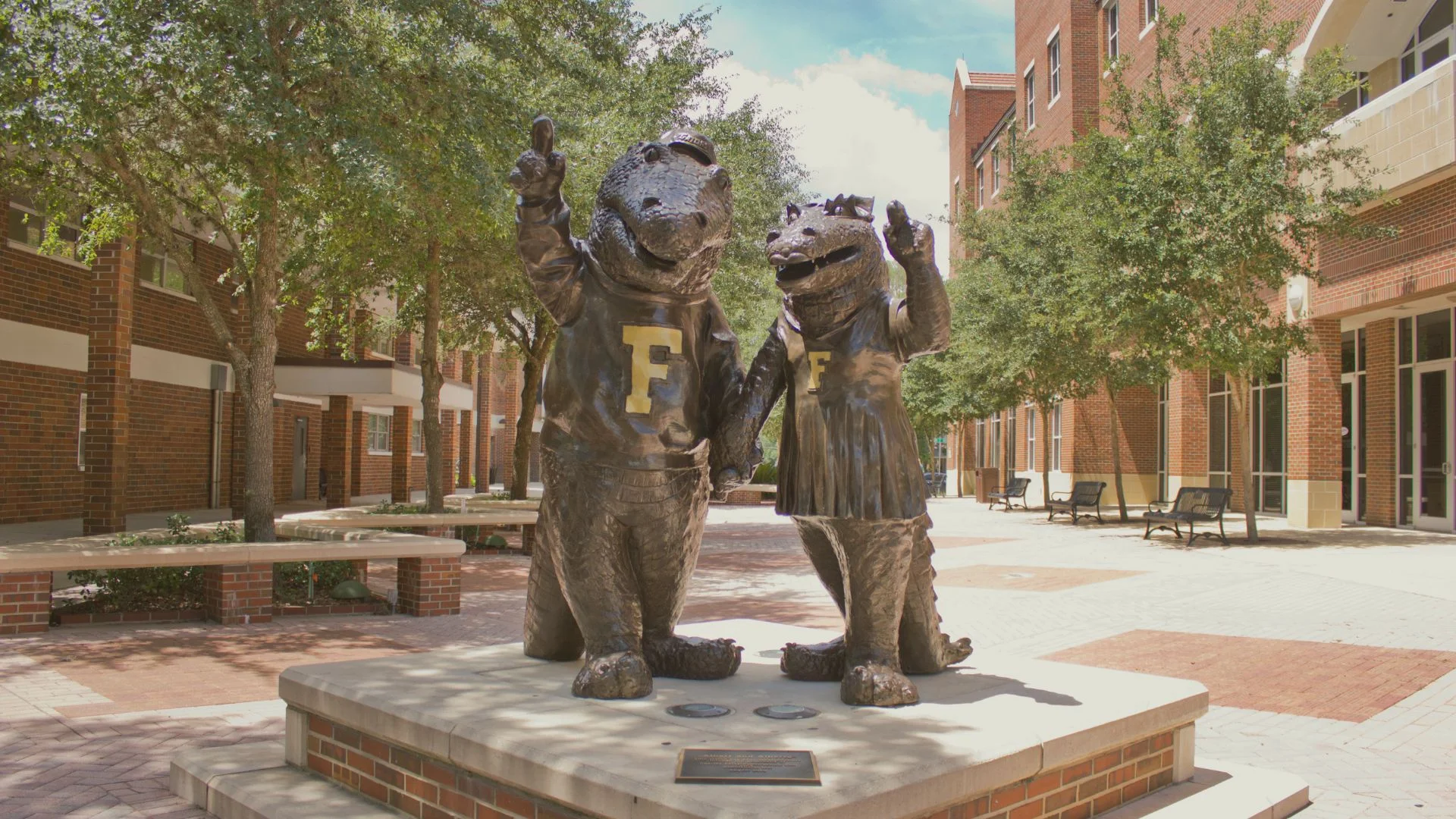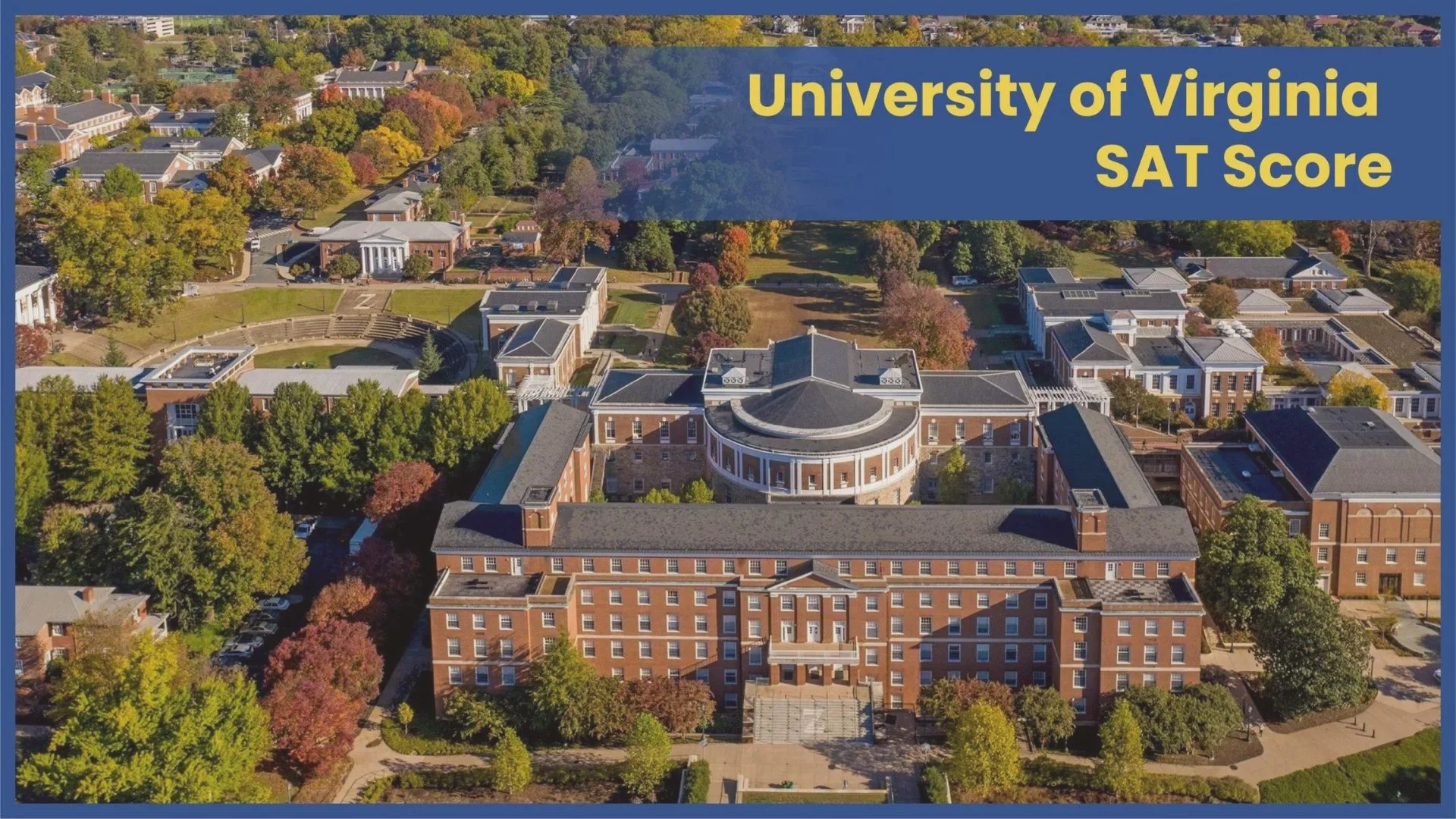
Princeton University, one of the Ivy League institutions, is renowned not only for its academic excellence but also for its picturesque campus. Located in Princeton, New Jersey, the university’s campus spans over 600 acres and is a harmonious blend of historic architecture and modern facilities. This article delves into the unique aspects of Princeton University’s campus, highlighting its rich history, iconic buildings, serene outdoor spaces, and the innovations that keep it at the forefront of academic and research excellence.
The Historical Roots of Princeton’s Campus
Origins and Early Development
Founded in 1746 as the College of New Jersey, Princeton University moved to its current location in Princeton, New Jersey, in 1756. The first building constructed on the new campus was Nassau Hall, which has since become an iconic symbol of the university. Nassau Hall initially housed the entire college, including classrooms, dormitories, and administrative offices. The building played a significant role in American history, serving as the meeting place for the Continental Congress in 1783.
Architectural Evolution
Over the centuries, Princeton’s campus has grown and evolved, reflecting various architectural styles. The Collegiate Gothic style, prevalent in many of the university’s buildings, was particularly popular in the late 19th and early 20th centuries. This style, characterized by its grand arches, intricate stonework, and medieval-inspired design, can be seen in structures such as the Graduate College and Blair Hall.
Iconic Buildings and Landmarks
Nassau Hall
Nassau Hall remains the heart of Princeton University’s campus. Its historical significance and architectural grandeur make it a focal point for students, faculty, and visitors alike. The building’s iconic clock tower and the bronze tigers flanking its entrance are symbols of Princeton’s storied past. Today, Nassau Hall houses the university’s administrative offices, including the president’s office.
Firestone Library
The Firestone Library, opened in 1948, is another cornerstone of the Princeton campus. As one of the largest university libraries in the world, it boasts an extensive collection of books, manuscripts, and rare volumes. The library’s modernist design, with its expansive windows and clean lines, stands in contrast to the Gothic architecture that dominates much of the campus. Firestone Library is not only a hub for academic research but also a testament to the university’s commitment to preserving knowledge and fostering intellectual growth.
The Princeton University Chapel
The Princeton University Chapel, completed in 1928, is one of the largest university chapels in the world. Its breathtaking Gothic architecture, stunning stained-glass windows, and impressive organ make it a spiritual and cultural center for the Princeton community. The chapel hosts religious services, concerts, and university ceremonies, providing a space for reflection and celebration.
The Natural Beauty of Princeton’s Campus
Outdoor Spaces and Gardens
Princeton University’s campus is renowned for its meticulously maintained outdoor spaces and gardens. The Prospect Gardens, located behind Prospect House, are particularly noteworthy. These gardens feature a variety of plants, flowers, and trees, providing a tranquil retreat for students and visitors. The meticulously manicured lawns and pathways create a serene environment conducive to both study and relaxation.
Lake Carnegie
Lake Carnegie, a man-made lake created in 1906, is another prominent feature of the Princeton campus. Named after philanthropist Andrew Carnegie, who funded its construction, the lake provides a picturesque setting for rowing and other recreational activities. The lake and its surrounding areas are popular spots for jogging, walking, and enjoying the natural beauty of the campus.
 Modern Innovations and Facilities
Modern Innovations and Facilities
Lewis Library
In addition to its historical buildings, Princeton University has embraced modern architecture and innovation. The Lewis Library, designed by renowned architect Frank Gehry, is a striking example of contemporary design on campus. Opened in 2008, the library houses the university’s science collections and features Gehry’s signature use of unconventional forms and materials. The building’s innovative design reflects Princeton’s commitment to pushing the boundaries of knowledge and creativity.
The Andlinger Center for Energy and the Environment
The Andlinger Center for Energy and the Environment is another testament to Princeton’s forward-thinking approach. Opened in 2015, the center focuses on research and education related to sustainable energy and environmental protection. The building itself incorporates sustainable design principles, including energy-efficient systems and green roofs. The Andlinger Center exemplifies Princeton’s dedication to addressing global challenges through cutting-edge research and innovation.
Campus Life and Student Experience
Residential Colleges
Princeton University’s residential college system is a distinctive feature of campus life. Each residential college provides a close-knit community for students, fostering a sense of belonging and camaraderie. The colleges offer dining facilities, academic advising, and various social and cultural activities. This system ensures that students have a supportive environment throughout their time at Princeton.
Extracurricular Activities
Princeton’s campus is a vibrant hub of extracurricular activities, with over 300 student organizations catering to a wide range of interests. From academic clubs and cultural groups to athletic teams and performing arts ensembles, there is something for everyone. The campus also hosts numerous events, including lectures, concerts, and exhibitions, enriching the student experience and providing opportunities for personal and intellectual growth.
Conclusion
Princeton University’s campus is a unique blend of historical charm and modern innovation. Its iconic buildings, serene outdoor spaces, and state-of-the-art facilities create an inspiring environment for learning, research, and personal development. The university’s commitment to preserving its rich heritage while embracing forward-thinking initiatives ensures that Princeton remains at the forefront of higher education. Whether you are a student, faculty member, or visitor, the Princeton campus offers a captivating and enriching experience that is truly unparalleled.





